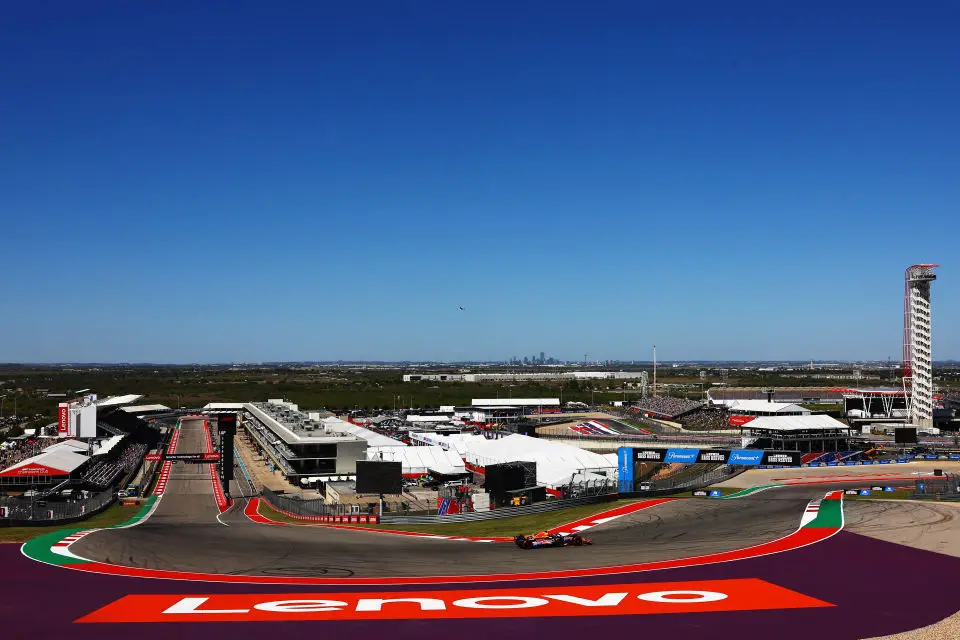Austin GP Fallout: Disqualifications Prompt Critical FIA Review Amidst Plank Wear Controversy
The disqualification of Lewis Hamilton and Charles Leclerc at the Austin GP has sparked intense scrutiny over the FIA’s procedures. Questions arise about whether further investigations were necessary given the high failure rate during random checks.
Key Takeaways:
- Significant Disqualifications: Lewis Hamilton, finishing second, and Charles Leclerc, who ended up P6, were disqualified from the Austin GP due to excessive plank wear. This raised questions about the FIA’s random car checks, as half of the cars inspected failed to meet the standards.
- Possible Wider Issues: The limited practice sessions due to the Sprint race, combined with the challenging conditions of the Circuit Of The Americas (COTA), suggest that other cars might also have had similar issues. The situation begs the question of whether more extensive checks should have been conducted.
- Implications for Future Races: The incident has led to a debate over whether the FIA should revise its scrutiny methods, especially in light of the 50% failure rate and the possibility that other teams could be violating similar rules without detection.

The recent Austin GP has become a pivotal moment in Formula 1 racing, not just because of Max Verstappen’s victory, but due to the controversy surrounding the disqualifications of Lewis Hamilton and Charles Leclerc. The post-race scenario has thrown the spotlight on the FIA’s procedures and the inherent challenges teams face under the current regulations.
Hamilton and Leclerc’s disqualification stemmed from the FIA’s routine practice of randomly selecting cars for inspection. This time, the focus was on skid block wear. Surprisingly, the checks resulted in a 50% failure rate, with Hamilton’s and Leclerc’s cars not meeting the minimum plank wear requirements. This outcome raises serious concerns about the efficacy of the FIA’s random checks and whether a more comprehensive inspection of all cars was warranted.
The reasons cited for the excessive wear, particularly by the Mercedes team, highlight the unique challenges faced during the Austin GP weekend. The combination of a singular practice session due to the Sprint race format and the notoriously bumpy nature of COTA, particularly at high speeds, likely contributed to the excessive wear. These factors, along with teams’ inclination to optimize ride height, suggest that other cars might have faced similar issues.
The situation raises several critical questions. Should the FIA have extended its checks to other cars, considering the high failure rate? Is it fair to penalize only two drivers when others could potentially be in breach of the same regulations? In the past, teams have adjusted their cars’ heights during Parc Fermé conditions when issues were detected pre-race. However, the post-race discovery in Austin has left Mercedes and Ferrari in a tricky position.
Further, the shattered floor of Fernando Alonso’s AMR23 at the same race hints at the possibility that the track’s conditions played a significant role in the wear and tear of the cars. This aspect remains unexplored but is crucial in understanding whether the issue was predominantly with the teams’ setups or the track itself.
In conclusion, the Austin GP disqualifications have opened a Pandora’s box for the FIA, demanding a reevaluation of their inspection processes and possibly leading to changes in how the governing body oversees compliance with its technical regulations. As the debate continues, the FIA’s next steps will be closely watched by teams and fans alike, shaping the future of Formula 1’s technical compliance.


